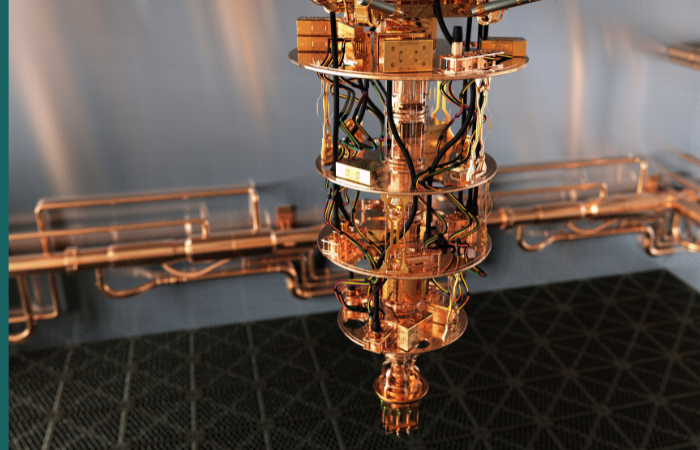Biomimicry: 6 technological advancements inspired by nature
Technology has come a long way in recent years, with advancements in fields such as artificial intelligence (AI), robotics, and biotechnology leading to major breakthroughs and innovations. At the same time, the concept of biomimicry - the practice of designing and creating technology based on the models and systems found in nature - has gained significant attention as a way to create more sustainable and efficient solutions.
Biomimicry is the study of nature to create technological solutions that are not only effective, but sustainable. One of the most popular examples of biomimicry is the aeroplane. It is no secret that Leonardo da Vinci studied birds during his pursuit of human flight. The original concept was called the Ornithopter, but it was never actually invented. Designers and engineers have since taken his concept, advanced it, and now we have some of the most remarkable forms of aerial technology.
Much like the bird inspiring man to take flight, there are hundreds of technological solutions inspired by nature, some of which you may never have given a second thought to, but nature is certainly responsible. Another exciting application of biomimicry is solar panels that mimic the structure of leaves. By replicating the natural design of leaves, solar panels can capture and convert sunlight into usable energy far more efficiently.
While the process of biomimicry can be slow, the potential benefits are worth the effort, especially now, as the world's growing need for sustainable energy solutions increases. By using natural systems and models, nature can lead us to the development of technology that is far more energy-efficient and environmentally friendly.
Here are six more examples technology inspired by nature:
Velcro: Inspired by the way burrs cling to fur.
The bullet train: Design of the Shinkansen bullet train in Japan, which was inspired by the beak of a kingfisher.
Solar cells: The process of photosynthesis, which occurs in plants and other organisms, inspired the development of solar cells, which use sunlight to generate electricity.
Biodegradable plastics: Some plastics have been developed to break down and decompose in the environment. These biodegradable plastics are inspired by the way natural materials break down in nature.
Self-healing materials: There are a number of materials that have been developed to repair themselves when damaged, such as polymer, ceramics, metals, etc. These materials are inspired by the way some animals and plants are able to heal themselves.
Sharklet: Inspired by the surface texture of a shark's skin, this technology has been shown to be effective at preventing the growth of bacteria, and is being used in a variety of applications within the medical and food industry.
It is evident that natural systems have evolved over millions of years to withstand various environmental challenges, and by studying and mimicking these systems, it is possible to create technological solutions that are far more durable and able to adapt as our natural environment changes.
If biomimicry is used to create buildings that are efficient and sustainable, we will end up with reduced energy consumption and better indoor air quality. Further improvements could be achieved if used to improve the transportation system, resulting in reduced emissions and better fuel efficiency. Of course, the impact will depend on the scale of implementation and how these new forms of technology can integrate seamlessly within our current infrastructure.
The impact biomimicry has on our environment will depend entirely on how this practice is being implemented and on what applications. There is potential to create sustainable technology, but this is a long-term solution, which will depend entirely upon how it is implemented and the level of consideration taken to work with nature, not replace it.










